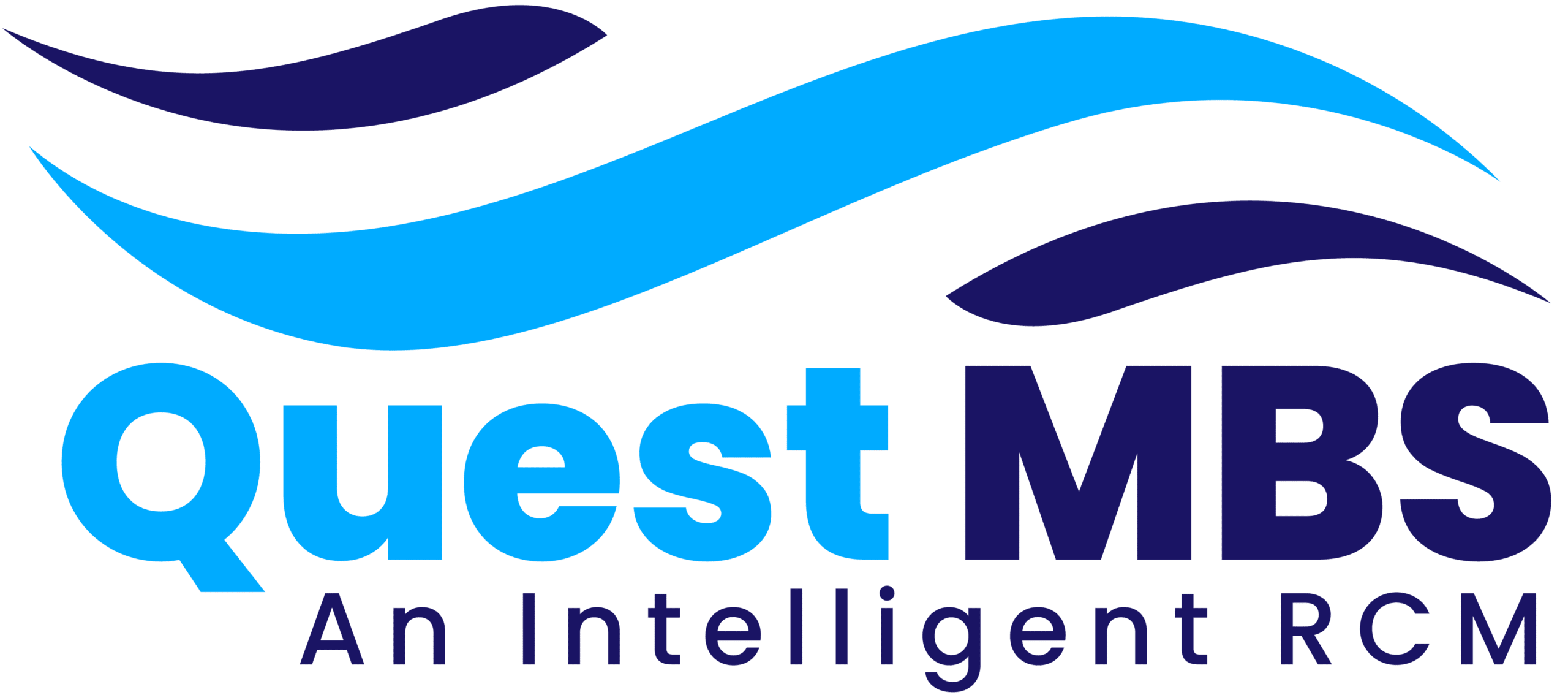Introduction:
Medical billing is a critical component of the healthcare industry, ensuring that healthcare providers receive payment for services rendered while maintaining compliance with regulations. Over the years, medical billing has evolved from manual processes to automated digital systems, streamlining operations and improving accuracy.
With rapid advancements in technology, regulatory changes, and evolving patient expectations, the future of medical billing is set to undergo significant transformations. This article explores the emerging trends and predictions shaping the future of medical billing, including automation, artificial intelligence (AI), blockchain, value-based care, and more.
1. The Shift Towards Automation and AI-Driven Billing:
Current Scenario:
Traditional medical billing involves manual data entry, coding, and claim submissions, which are time-consuming and prone to errors. Incorrect billing often leads to claim denials, financial losses, and compliance issues.
Future Trends:
- AI-Powered Billing Systems: AI and machine learning will enhance medical billing by automating coding, claim processing, and payment reconciliation. AI-driven systems will analyze patient records and assign the most accurate billing codes, reducing human errors.
- Robotic Process Automation (RPA): RPA will handle repetitive tasks such as data entry, verification, and claim submission, allowing billing professionals to focus on more complex cases.
- Intelligent Chatbots for Billing Queries: AI-powered chatbots will assist patients in understanding their bills, insurance coverage, and payment options, reducing the workload for billing staff.
Impact:
- Faster claim processing and reduced denials
- Improved accuracy and compliance with billing regulations
- Enhanced patient experience with automated billing assistance
2. The Rise of Blockchain for Secure Medical Billing:
Current Scenario:
Medical billing fraud and data breaches are significant concerns in the healthcare industry. With patient data being highly sensitive, securing transactions is crucial.
Future Trends:
- Blockchain for Transparency and Security: Blockchain technology will provide a decentralized and tamper-proof ledger for medical billing transactions, ensuring secure data exchanges between healthcare providers, insurers, and patients.
- Smart Contracts for Automated Payments: Blockchain-enabled smart contracts will automate payment processing based on predefined conditions, reducing delays in reimbursements.
- Fraud Prevention: Blockchain’s ability to provide immutable records will help detect and prevent fraudulent billing practices, ensuring compliance with healthcare regulations.
Impact:
- Enhanced security and reduced risk of data breaches
- Transparent billing processes with real-time verification
- Faster and more secure payments between insurers and providers
3. Transition to Value-Based Care Billing:
Current Scenario:
The traditional fee-for-service (FFS) model in healthcare reimburses providers based on the number of services delivered rather than patient outcomes. However, this approach often leads to unnecessary procedures and increased healthcare costs.
Future Trends:
- Value-Based Reimbursement Models: Healthcare providers will increasingly shift toward value-based care, where payments are based on patient outcomes and quality of care rather than service volume.
- Bundled Payments: Instead of separate charges for individual services, bundled payment models will cover an entire treatment plan, encouraging cost-effective and efficient care.
- Risk-Based Contracts: Providers and payers will enter into agreements that link reimbursements to patient health improvements, reducing unnecessary treatments.
Impact:
- Improved patient outcomes and cost savings for healthcare systems
- Increased focus on preventive care rather than reactive treatments
- Alignment of financial incentives with quality care delivery
4. Integration of Electronic Health Records (EHRs) with Billing Systems:
Current Scenario:
Many healthcare providers use EHRs for patient data management, but billing systems are often separate, requiring manual data transfer. This disconnect leads to inefficiencies and errors in billing.
Future Trends:
- Seamless EHR-Billing System Integration: AI-driven solutions will integrate billing systems directly with EHRs, allowing real-time data sharing and reducing manual interventions.
- Automated Claim Processing from EHR Data: AI will extract billing information from EHRs, reducing coding errors and improving claim accuracy.
- Interoperability Between Healthcare Systems: Standardized data exchange protocols will allow different healthcare entities to communicate seamlessly, improving billing efficiency.
Impact:
- Reduced administrative burden on healthcare providers
- Faster and more accurate claims processing
- Improved patient experience with seamless billing
5. The Growth of Contactless and Digital Payment Solutions:
Current Scenario:
Traditionally, medical billing involves paper invoices and manual payment processing, leading to delays in collections.
Future Trends:
- Contactless Payments: Patients will increasingly use digital wallets, mobile apps, and online portals to pay medical bills, reducing reliance on cash and checks.
- Automated Payment Plans: AI-driven systems will offer patients flexible payment plans based on financial capacity, improving collections for healthcare providers.
- Real-Time Cost Estimations: Patients will receive upfront cost estimates before treatment, allowing them to plan payments effectively.
Impact:
- Increased patient convenience and faster payments
- Improved revenue cycle management for providers
- Greater transparency in healthcare costs
6. Enhanced Fraud Detection and Compliance Monitoring:
Current Scenario:
Medical billing fraud, including upcoding, duplicate billing, and phantom billing, costs the healthcare industry billions annually. Compliance with regulations such as HIPAA, Medicare, and Medicaid requires continuous monitoring.
Future Trends:
- AI-Powered Fraud Detection: Machine learning algorithms will analyze billing patterns to detect fraudulent activities in real-time.
- Automated Compliance Audits: AI-driven compliance tools will flag potential violations and ensure adherence to healthcare regulations.
- Blockchain for Audit Trails: Secure, immutable records will provide transparency and accountability in billing transactions.
Impact:
- Reduced fraud and billing discrepancies
- Increased trust in medical billing processes
- Improved regulatory compliance with automated monitoring
7. Telemedicine and Remote Billing Expansion:
Current Scenario:
The COVID-19 pandemic accelerated the adoption of telemedicine, requiring adjustments in billing practices to accommodate virtual consultations.
Future Trends:
- Standardized Telehealth Billing Codes: New coding systems will ensure accurate reimbursement for telehealth services.
- AI-Driven Telemedicine Billing Solutions: Automated tools will streamline billing for remote patient monitoring, virtual visits, and digital health services.
- Cross-State Telehealth Reimbursements: As telehealth expands, regulations will evolve to ensure seamless billing across different regions.
Impact
- Greater accessibility to healthcare services
- Simplified billing for remote care providers
- Expansion of telemedicine as a mainstream healthcare option
Conclusion:
The future of medical billing is driven by technological advancements, regulatory changes, and shifting patient expectations. AI, blockchain, automation, and value-based care models will reshape billing processes, making them more efficient, secure, and patient-centric.
As healthcare providers, insurers, and technology firms collaborate to implement these innovations, medical billing will become more transparent, accurate, and streamlined. By embracing these trends, healthcare organizations can enhance financial sustainability, reduce administrative burdens, and ultimately improve patient care.







